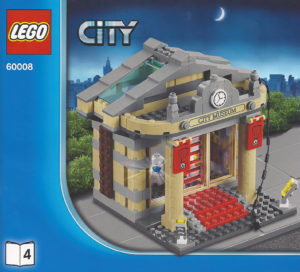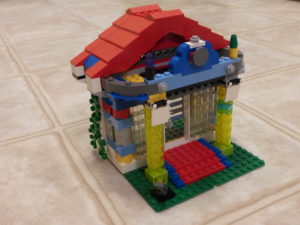Since there is lacking on “getting started” documentation for Log4D, I thought a basic example might be helpful to others who might be intimidated about getting started with logging to a file in Delphi. Log4D is very simple, and similar to other Log4J related logging packages but lacks basic “getting started” documentation.
I used XE4 Starter for this. At the time of this writing, I and others have submitted some patches to fix the compile errors in Log4D affecting XE4, but they have not been merged in yet. For the quick fix to make it compile in whatever recent version of Delphi you have, see my previous post, my previous post.
First, create a project. I created a VCL application project for this example, because I’m not writing console applications so it’d be easier to copy and paste from 😉
Open the .dproj file (right click on the .exe name in the Project Manager and select “view source”) and add the highlighted lines:
<pre>
program Log4DbasicExample;</code>
uses
Vcl.Forms,
Log4D,
Unit1 in 'Unit1.pas' {Form1};
{$R *.res}
var
Logger : TLogLogger;
begin
TLogBasicConfigurator.Configure;
TLogLogger.GetRootLogger.Level := All;
Logger := TLogLogger.GetLogger('myLogger');
Logger.addAppender(TLogFileAppender.Create('filelogger','log4d.log'));
Logger.Debug('initializing logging example program');
Application.Initialize;
Application.MainFormOnTaskbar := True;
Application.CreateForm(TForm1, Form1);
Application.Run;
end.
</pre>
When you run this application, it will create a log file called log4d.log in the directory the .exe file is in. Good enough for quick logging and debugging. Not adequate for production code.
Anywhere else in the project you need to log something, now it’s easy. I added one button to my VCL form, and double clicked the button to add an onClick handler, and then updated my VCL form unit as follows:
unit Unit1;
interface
uses
Log4D,
Winapi.Windows, Winapi.Messages, System.SysUtils, System.Variants, System.Classes, Vcl.Graphics,
Vcl.Controls, Vcl.Forms, Vcl.Dialogs, Vcl.StdCtrls;
type
TForm1 = class(TForm)
Button1: TButton;
procedure Button1Click(Sender: TObject);
private
{ Private declarations }
public
{ Public declarations }
end;
var
Form1: TForm1;
implementation
{$R *.dfm}
procedure TForm1.Button1Click(Sender: TObject);
begin
TLogLogger.GetLogger('myLogger').Debug('Button 1 clicked!');
end;
end.
If you’re doing a bunch of logging in one part of your code, you probably don’t want to use the chaining syntax because calling GetLogger repeatedly is unnecessary overhead. Instead store the Logger in a variable:
procedure TForm1.Button2Click(Sender: TObject);
var
Logger : TLogLogger;
begin
Logger := TLogLogger.GetLogger('myLogger');
Logger.Debug('Button 2 clicked!');
end;
Well, there you have it. Basic, just enough to get started example. Because next time I want to add logging to a different project, I’m sure I will have completely forgotten how to do it and what and where I added my code.















